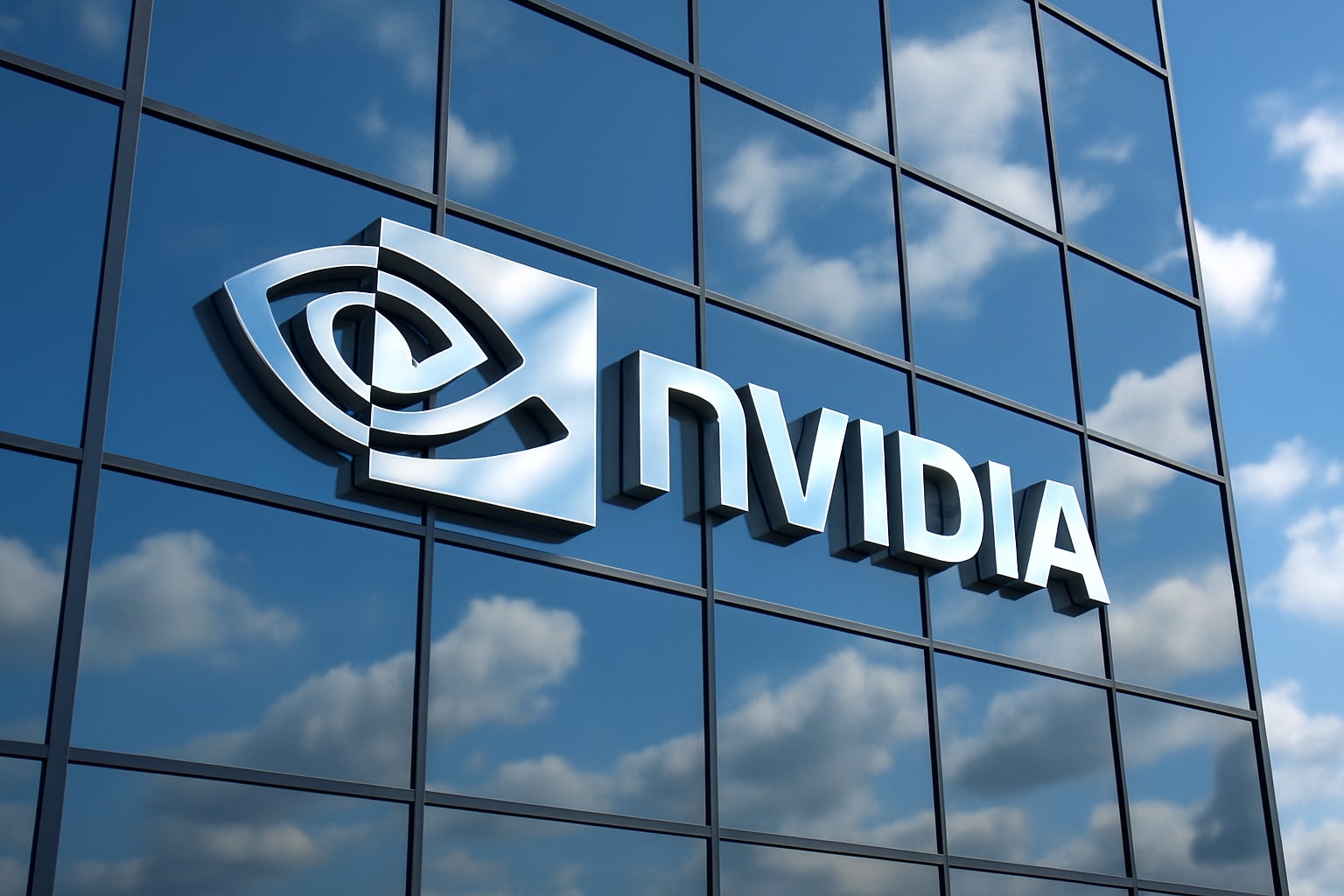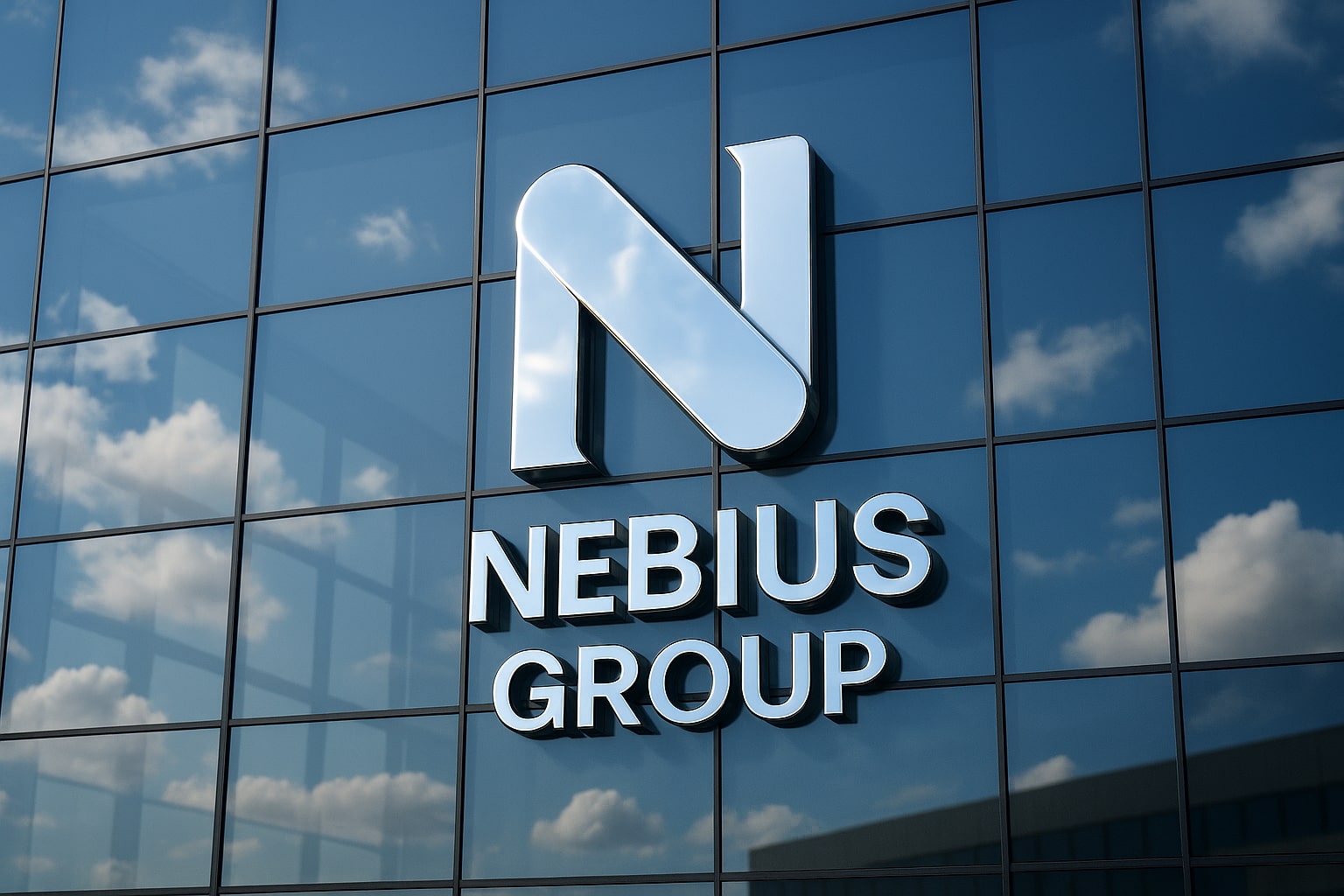
Nvidia Stock Price Forecast - NVDA Shares Hits $190 Before $54.79B Earnings Test
NVDA moves inside a tight $180–$200 range as analysts pitch FY27 revenue at $301B, implied volatility surges toward 100% | That's TradingNEWS
Nvidia (NASDAQ:NVDA) Forces Wall Street Into A Critical Repricing As AI Revenue Forecasts Hit $54.79 Billion And The Stock Trades In A Volatile $180–$200 Cage
Nvidia NASDAQ:NVDA sits at the center of the market’s most aggressive expectations cycle, with the stock trading around $190 after recovering from $188.15 and failing to regain the $206.88 peak printed earlier in November. The company faces record pressure ahead of its fiscal Q3 release, where consensus calls for $54.79 billion in revenue and $1.25 in EPS, representing 56% and 54% growth. The market has already priced in Nvidia’s historical pattern of beating expectations by $2–$3 billion, meaning that even a strong beat risks being viewed as insufficient. Analysts at Citi lift targets toward $220 and forecast $56.8 billion in revenue, while Oppenheimer, Bank of America, and UBS push expectations for Q4 guidance into the $63–$64 billion range. This is the most unforgiving environment Nvidia has faced in two years, and every dollar in the forecast matters for how NVDA trades immediately after the print.
Nvidia (NASDAQ:NVDA) Enters Earnings Under An Options Market Squeeze With Implied Volatility Near 100% And Positive Gamma Blocking A Break Above $200
The options ecosystem surrounding NASDAQ:NVDA has become so aggressively bullish that it now restricts the stock’s ability to rise. Implied volatility on the earnings-week contracts runs near 70%, projected to jump toward 100% before the release. A $190 call trades above $7.50, and when IV collapses after the earnings announcement — as it always does — the value of those calls evaporates instantly. Positive gamma at $200 forces market makers to sell stock as NVDA rises, creating mechanical resistance. At the same time, delta hedging has positioned dealers long, which they must unwind once IV collapses. This combination explains why Nvidia has traded lower after earnings despite multiple beats. The technical range is well defined: support near $180, resistance locked at $200, with a volatility band that implies $177.50–$204.50. A break above $205 requires exceptional guidance, not just another beat.
Nvidia (NASDAQ:NVDA) Secures Massive Multi-Year Forecast Upside As Analysts Raise Price Targets Toward $265 And Push Revenue Estimates Past $300 Billion For FY27
Wells Fargo lifts its target to $265, projecting Nvidia’s revenue at $209.2B in FY26, $301.6B in FY27, and $383.2B in FY28, backed by EPS trajectories of $4.61, $7.05, and $8.90. These numbers reflect the scale of AI data-center demand stretching into the second half of the decade. Susquehanna raises its target to $230, citing price strength of 14% for the Blackwell Ultra line. UBS calls for $63–$64 billion in next-quarter revenue. Oppenheimer reiterates Outperform at $265. Bank of America highlights Nvidia’s expansion into healthcare AI as a multiyear catalyst. Wall Street is almost unanimous — 37 buys, 1 hold, 1 sell — with an average target of $240, implying 26–30% upside from $190.
Nvidia (NASDAQ:NVDA) Strengthens Its Strategic Base By Taking A $5 Billion Stake In Intel As Both Companies Realign Their Hardware Ecosystems For The Next AI Wave
One of the most unexpected developments is Nvidia’s $5 billion investment in Intel for a 4% stake, a move that sent Intel up 22% and Nvidia up 3%. The partnership merges Nvidia’s GPU and accelerated-computing stack with Intel’s CPU ecosystem, targeting next-generation data-center products and gaming PC architectures. The U.S. government recently acquired a 10% stake in Intel, and SoftBank added $2 billion, highlighting a coordinated push to counter China’s semiconductor ambitions. Intel has long struggled with manufacturing setbacks, losing leadership to TSMC and missing the smartphone era. Nvidia’s alignment effectively accelerates Intel’s return to relevance. This collaboration comes at a time when China restricts Nvidia’s top Blackwell chips and Huawei introduces a domestic AI alternative. Nvidia’s partnership mitigates geopolitical risk while expanding supply flexibility for its own AI roadmaps.
Nvidia (NASDAQ:NVDA) Faces China Pressure As Export Restrictions Block High-End Blackwell Chips And Demand For Adjusted China Models Falls Short
Nvidia cannot ship its top-performance Blackwell chips to China under current export policy. Demand for adjusted China-compliant models has been weaker than expected, impacting a region that historically accounted for 20–25% of Nvidia’s data-center volume. Investors worry that Washington may restrict even more next-generation chips, which could compress margins on the fastest-growing segment of Nvidia’s business. AMD alternatives entering the China market further complicate the competitive landscape. Despite these headwinds, Nvidia’s global demand pipeline remains massive, but China’s reduced contribution forces more weight onto North American and European hyperscalers.
Read More
-
Nebius Stock Price Forecast - NBIS Shares Collapses to $83.54 While Securing $20B+ AI Megadeals
16.11.2025 · TradingNEWS ArchiveStocks
-
XRP Price Forecast - XRP-USD Stalls at $2.22 Despite $58M XRP ETF Surge
16.11.2025 · TradingNEWS ArchiveCrypto
-
Oil Prices Forecast - Oil Jump as 2.2M-Barrel Russian Disruption Collides With Global Oversupply
16.11.2025 · TradingNEWS ArchiveCommodities
-
Stock Market Today: Wall Street Drops as Nasdaq Hits 22,552 and S&P Falls to 6,664 Before Nvidia’s Report
16.11.2025 · TradingNEWS ArchiveMarkets
-
GBP/USD Price Forecast - Pound Drops to 1.31743 as Fiscal Turmoil and Delayed US Data Shake Markets
16.11.2025 · TradingNEWS ArchiveForex
Nvidia (NASDAQ:NVDA) Confronts AI Skepticism As Meta’s 20% Collapse, CoreWeave’s Credit Stress, And Oracle’s Borrowing Surge Raise Concerns About CAPEX Sustainability
Meta’s 20% one-day collapse after raising AI spending triggered the sharpest skepticism toward AI profitability since early 2023. Oracle and CoreWeave face rising scrutiny over their debt-heavy expansion strategies. These developments raise legitimate questions about the return profile of AI CAPEX. Nvidia expects over $70 billion in net income this year, separating it from its customers’ profitability issues, yet the broader ecosystem’s volatility weighs on sentiment. CEO Jensen Huang’s projection of $500 billion in Blackwell and Rubin chip sales through 2026 is extraordinary, but supply constraints will prevent delivering the full amount, creating a mismatch between demand visibility and shipment capacity.
Nvidia (NASDAQ:NVDA) Demonstrates Deep Free Cash Flow Strength With A Valuation Backed By $109.5 Billion FCF And Long-Term Price Targets In The $224–$268 Zone
Nvidia’s trailing twelve-month FCF margin is 43.59%, with the latest quarter at 28.8%, producing a blended forward estimate of 39.15%. Using $279.81 billion as the mid-cycle revenue figure, Nvidia’s forward FCF computes to $109.5 billion. Applying a 50x multiple — consistent with hyper growth leaders — yields valuations between $224 and $268, directly supporting Wells Fargo’s $265 target and Citi’s $220. The math places Nvidia at the confluence of growth and cash dominance, separating it from the broader tech complex where FCF conversion remains inconsistent.
Nvidia (NASDAQ:NVDA) Trades Against A Fragile Technical Structure As Momentum Softens And A Break Below $180 Could Trigger Forced Hedging Unwinds Toward $165–$170
The chart reflects options-driven tension. RSI momentum has rolled over, exposing Nvidia to mechanical selling if it slips below $180, where gamma turns negative. Market makers will sell into declines, producing forced momentum toward $165–$170. To break higher, Nvidia must clear $200, a level hardened by positive gamma that forces dealers to sell into strength. Only a blowout guide materially above $64 billion can unwind this ceiling.
Nvidia (NASDAQ:NVDA) Investment Verdict: BUY LONG-TERM, HOLD SHORT-TERM, AVOID SHORT-TERM CHASING AHEAD OF EARNINGS
Long-term: BUY
The AI supercycle, unmatched margins, $100B-scale FCF, and expanding ecosystem through Intel and hyperscaler partnerships justify multi-year upside.
Short-term: HOLD
Options distortions, $200 resistance, and shaky sentiment limit immediate breakout potential.


















